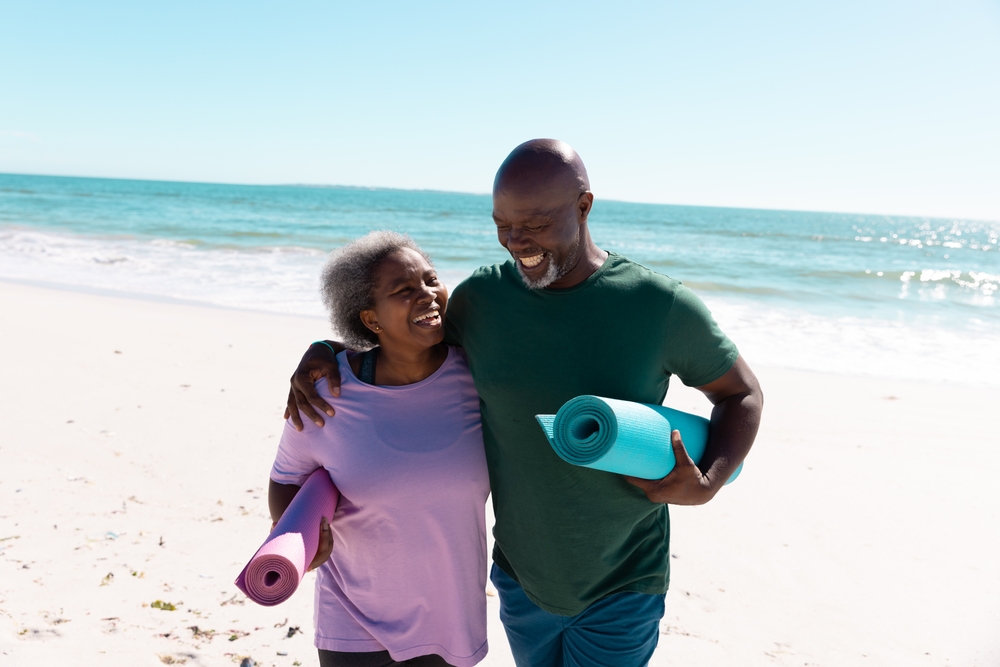Physical activity is an important part of living a healthy lifestyle, as it contributes to general well-being and lifespan. However, the possibility of exercise-related injuries is frequently disregarded until it becomes a significant issue. Understanding the relationship between exercise and injury prevention is critical for a sustainable and healthy approach to physical activity, whether you’re an active athlete or someone looking to maintain fitness.
Finding a happy medium
Finding the correct balance between intensity and injury avoidance is critical when it comes to exercising. Many exercise enthusiasts, particularly those in their twenties and thirties, focus on the advantages of exercise without considering the risks. Dr. Brian Werner, a sports medicine specialist at the University of Virginia, highlights the need to be injury-aware while working toward fitness objectives.
Low-impact, high-reward
1. Swimming and walking:
Exercises that place significant stress on joints, such as basketball or soccer, are more likely to cause injury in people over the age of 40.
Experts recommend walking and swimming to reduce these risks while getting the benefits of exercise. Both activities are low-impact but beneficial in increasing general fitness. Swimming provides both aerobic exercise and resistance training, according to Dr. Kyle Yost of the University of Maryland Medical Center.
2. Flexibility and strength yoga:
Yoga is another low-risk, high-reward alternative. Dr. Steven Struhl of NYU Langone Health emphasizes the need to integrate flexibility and strength training. While adequate supervision and technique are essential, the emphasis on balance and flexibility in yoga can help with injury prevention.
3. Moderation and gradual advancement:
Moderation is an overall approach for harm avoidance. Dr. Yost warns that overtraining can result in a variety of problems. Adopting a reasonable approach to workouts, rather than pushing oneself too hard, can considerably lessen the risk of injury. To safely improve endurance and strength, gradually increasing the intensity of activities is a wise technique.
Improving the core for injury prevention
The core is essential for maintaining balance and stability during physical activity. Neglecting core strength can result in overuse of other muscular groups, which increases the risk of injury. Dr. Struhl recommends adopting core-focused workouts like Pilates courses and gym machines that target the back and abdominal muscles to improve total body strength and injury resiliency.
A sustainable fitness routine is built on balancing workout intensity with injury prevention. While high-impact sports and activities can provide social interaction and health advantages, they also increase the chance of injury. Low-impact activities such as walking, swimming, and yoga can provide a good balance of health improvement and injury avoidance. Furthermore, exercising in moderation, gradually increasing workout intensity, and focusing on core strength all contribute to a well-rounded strategy that promotes longevity and physical well-being. Individuals can pursue their fitness goals while limiting the hazards connected with exercise-related injuries by making informed choices and listening to expert guidance.
We are highlighting this piece as part of our annual “Best Of” roundup of articles published at The Optimist Daily this year. Today’s focus is on the top Lifestyle solutions of 2023.











